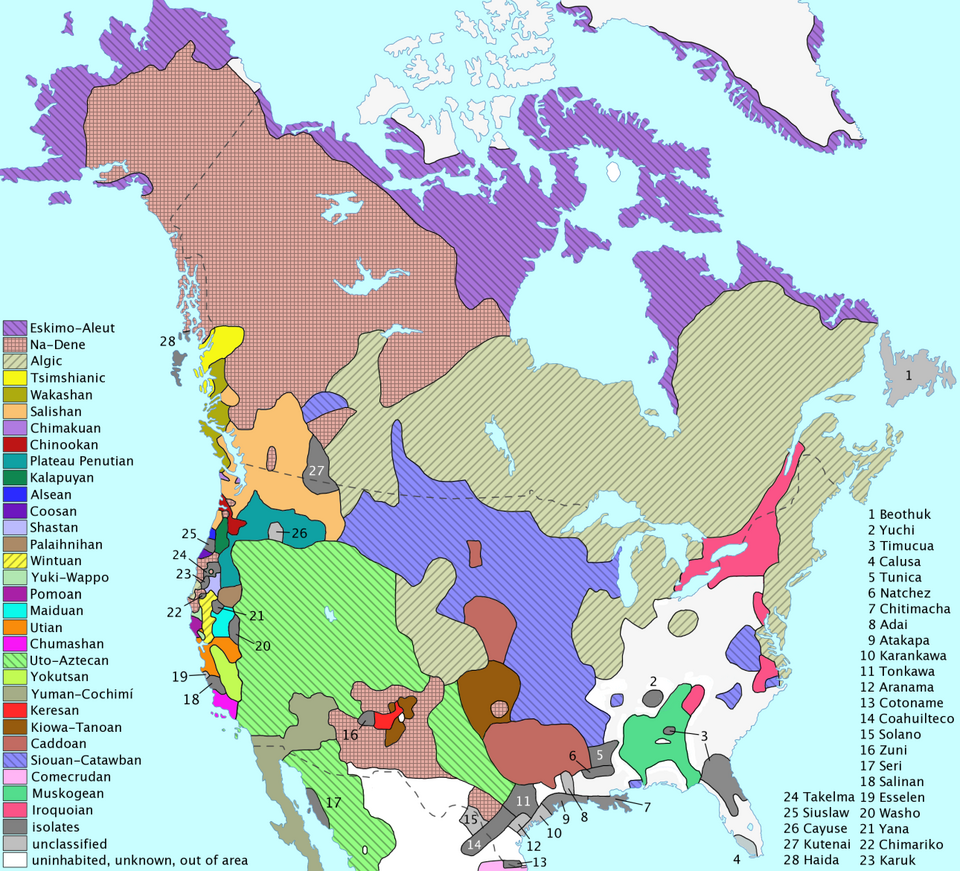AY Honors/Native American Lore - Advanced/Answer Key
1. Have the Indian Lore Honor.
2. Know and have a list of at least 40 foods introduced to us by the Indians of North and South America.
Adventist Youth Honors Answer Book/Arts and Crafts/Indian Lore/Foods
3. Participate in a meal using as many Indian foods and cooking methods as possible.
4. Name five drugs or medicine plants used by the Indians.
5. Discuss the Indians of your area with regard to:
a. Tribes located there
b. Homes and clothing
c. Native crafts performed, such as basketry, pottery, mats, etc.
d. Religious practices
e. Form of Government
If you do not live in North America, choose any of the following for study.
Northeast
Southeast
Northwest
Southwest
6. Name ten articles used by the Indians in their religious ceremonies.
7. Explain two methods of mounting and displaying arrowheads.
8. Explain one method of restoring and mending damaged arrowheads, ollas, blankets, and baskets.
9. Name and locate at least ten different tribes of the present day and tell for what each is noted.
10. Experiment with plant dyes as used by the Indians and try to obtain at least two shades of color.
The dying process
Gather your plants from an area where it the species you are after is abundant. Be sure to not take more than two-thirds of the plants from any one area. Natural fabrics work best with natural dyes, so choose cotton or wool (you can use yarn if you like).
Depending on the type of plant you select, you will need to treat the cloth for dying with a fixative. If you are using berries, the fixative will be salt water (one part salt, 16 parts water). For other plant matter, the fixative will be a solution of vinegar and water (one part vinegar, 4 parts cold water). Put the fixative in large pot, add the cloth, and simmer for an hour.
While the cloth is simmering in the fixative, chop the plant matter into very fine pieces and place in a pot. Cover with twice as much water as you have plant matter. Bring it to a boil, then let it simmer for an hour (note that this can be the same hour that the cloth simmers in the fixative).
After the cloth has simmered for an hour in the fixative, remove the cloth from it and rinse it well in cold water. With good planning, the dye-bath can finish its hour-long simmer while you rinse the fixative out of the cloth. Strain the dye-water into a small plastic tub, add the cloth and allow it to soak over night. Remove the cloth from the dye bath the next day and rinse in cold water.
Plants and colors
You can get some of these plants at a grocery store even in the winter, but most will need to be gathered in the warmer months.
- Red
- Rose hips, beets, dandelion roots
- Orange
- Onion skins, sassafras leaves
- Yellow
- Queen Anne's lace (carrot), burdock, dandelion flowers
- Green
- Red onion skins, plantain roots
- Blue-Purple
- Poke berries, grapes, blueberries, blackberries, red cabbage
- Brown
- Walnut hulls, acorns
- Black-gray
- Sumac leaves, iris roots
http://www.pioneerthinking.com/naturaldyes.html

